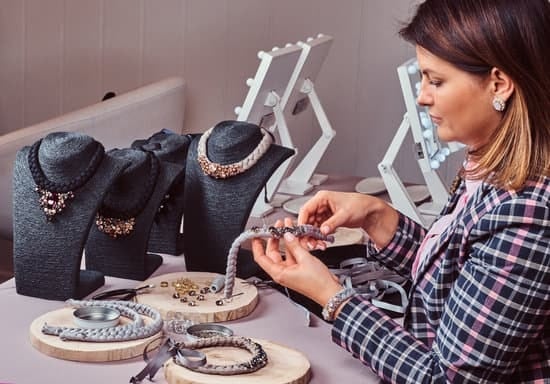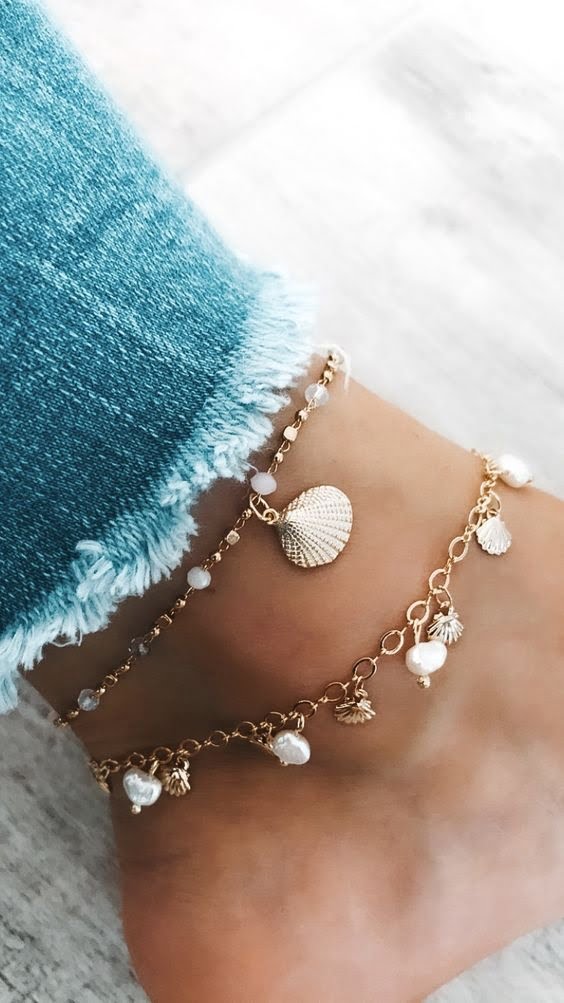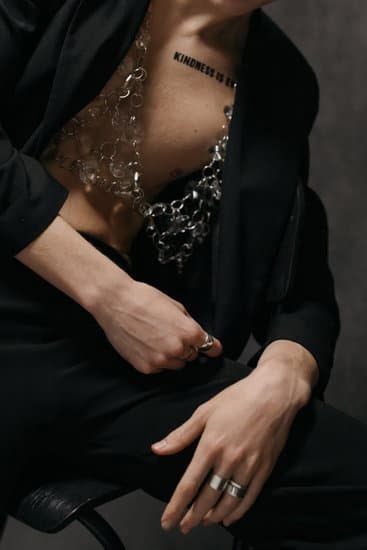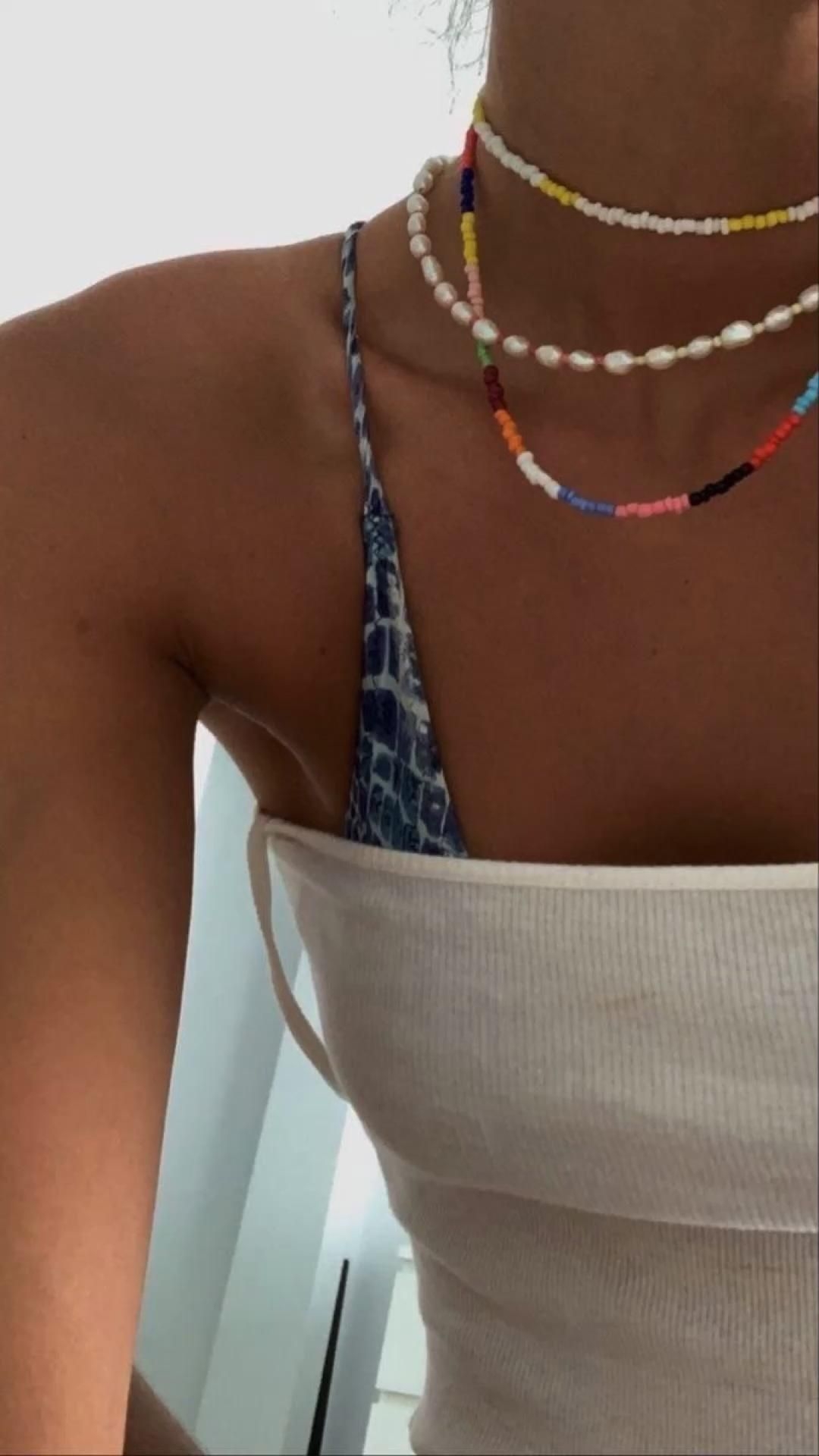Brazilian beads jewelry encapsulates the vibrant and diverse cultural heritage of Brazil, showcasing a unique fusion of tradition and artistry. From intricate designs to bold colors, Brazilian beadwork has captivated jewelry enthusiasts worldwide. The craftsmanship behind these pieces reflects centuries-old traditions passed down through generations, making them not just accessories, but artifacts of cultural significance.
Rooted in ancient traditions and influenced by a variety of indigenous tribes, European settlers, and African descendants, Brazilian beads jewelry is a testament to the country’s rich history. Each bead tells a story, with designs ranging from tribal motifs to modern trends that blend innovation with heritage. The use of natural materials such as seeds, stones, and wood showcases Brazil’s commitment to sustainable practices in jewelry making.
Whether it be necklaces, bracelets, or earrings, Brazilian beads jewelry offers a plethora of styles and designs for every fashion taste. This article delves into the history behind these intricate pieces, the types of beads used in their creation, the top designers pushing boundaries in this industry, the symbolism behind colors used in these creations, styling tips for a contemporary look, and the importance of eco-friendly production methods.
Join us on a journey through Brazil’s colorful world of beads and discover the beauty and cultural significance imbued in each piece.
The History of Brazilian Beads
Brazilian beads jewelry has a long and fascinating history that dates back to ancient times, showcasing the rich cultural heritage of Brazil. The tradition of crafting intricate beadwork has been passed down through generations, with indigenous communities using natural materials like seeds, shells, and stones to create stunning pieces of jewelry. Over time, these traditional techniques have evolved, incorporating new materials and designs to meet the demands of modern fashion trends.
Ancient Traditions
In Brazil, the art of beadwork has deep roots in indigenous cultures, where beads were used not only for ornamentation but also as symbols of status, protection, and spirituality. Ancient tribes such as the Tupi-Guarani and Xingu peoples were known for their exquisite beadwork, often incorporating intricate patterns and vibrant colors into their jewelry. These pieces not only served as decorative accessories but also held significant cultural and symbolic meanings within the community.
Modern Trends
Today, Brazilian beads jewelry continues to thrive as a popular fashion accessory both in Brazil and around the world. Contemporary designers are experimenting with a wide range of materials, from traditional seeds and stones to glass beads and crystals, creating unique pieces that blend traditional techniques with modern aesthetics.
The vibrant colors and bold patterns commonly found in Brazilian beadwork have also made their way into mainstream fashion, adding a touch of exotic flair to any outfit. Whether it’s a simple beaded bracelet or an elaborate statement necklace, Brazilian beads jewelry is a versatile accessory that can elevate any look with its colorful charm.
Types of Beads Used in Brazilian Jewelry
Brazilian beads jewelry showcases a wide variety of materials and techniques that contribute to its unique and vibrant aesthetic. One of the most popular materials used in Brazilian beadwork is seed beads, which come in a multitude of colors and sizes.
These tiny beads are often handcrafted into intricate patterns and designs, reflecting the rich cultural traditions of Brazil. Additionally, natural materials like wood, coconut shells, and semi-precious stones are also commonly incorporated into Brazilian jewelry pieces, adding a touch of earthiness and authenticity.
Another traditional technique used in Brazilian beads jewelry is known as macramé. This intricate knotting method is utilized to create elaborate patterns with beads woven in for added embellishment. Macramé has been a part of Brazilian artisanal practices for generations and continues to be a defining feature in many contemporary jewelry designs. The use of macramé not only showcases the craftsmanship and skill of the artisans but also adds a textural element to the pieces, making them visually captivating.
| Bead Material | Common Usage |
|---|---|
| Seed Beads | Handcrafted into intricate patterns |
| Natural Materials (wood, coconut shells) | Add earthy and authentic elements |
| Semi-Precious Stones | Add a touch of luxury |
Top Brazilian Beads Jewelry Designers
Brazilian beads jewelry has gained international recognition for its unique and innovative designs, with many talented designers pushing the boundaries of traditional jewelry-making techniques. These designers not only showcase the beauty of Brazil’s cultural heritage but also bring a fresh perspective to the world of accessories. Here are some top Brazilian beads jewelry designers making waves in the industry:
- Francisca Bastos: Known for her intricate beadwork and bold designs, Francisca Bastos combines traditional Brazilian craftsmanship with a contemporary aesthetic. Her pieces often feature vibrant colors and intricate patterns, reflecting Brazil’s rich cultural tapestry.
- Alejandra Amaral: Alejandra Amaral is celebrated for her creative use of materials, blending Brazilian beads with unconventional elements to create one-of-a-kind statement pieces. Her designs often combine organic shapes with geometric patterns, resulting in truly unique jewelry.
- Pedro Garcia: Pedro Garcia is a master at combining traditional beadwork techniques with modern design sensibilities. His pieces exude elegance and sophistication, showcasing the versatility of Brazilian beads jewelry in both casual and formal settings.
These designers not only highlight the artistic talent present in Brazil but also contribute to the global conversation on sustainable fashion and ethical practices. By supporting these top Brazilian beads jewelry designers, you are not just investing in a beautiful accessory, but also in a piece of cultural heritage that celebrates creativity and innovation.
The Significance of Colors in Brazilian Beads Jewelry
When it comes to Brazilian beads jewelry, colors play a crucial role in not only enhancing the aesthetic appeal of the pieces but also carrying significant symbolism and meanings. The vibrant hues used in Brazilian beads are often influenced by the country’s rich cultural heritage, traditions, and natural surroundings. Let’s take a closer look at some of the most common colors found in Brazilian beads jewelry and their symbolic representations:
- Red: In Brazilian culture, red symbolizes passion, love, and energy. Red beads are often used in jewelry pieces to convey these emotions and make a bold statement.
- Yellow: Representing joy, happiness, and abundance, yellow beads are often incorporated into Brazilian jewelry to bring positivity and cheerfulness to the wearer.
- Blue: Blue beads are associated with serenity, wisdom, and spirituality in Brazilian culture. They are commonly used to create calming and soothing jewelry designs.
Each color used in Brazilian beads jewelry holds its own unique meanings and can evoke different emotions when worn. Whether you opt for a piece featuring a single color or a colorful mix of shades, understanding the significance behind each hue adds an extra layer of depth to your accessories.
Moreover, many Brazilian beads jewelry designers intentionally choose specific colors based on their intended symbolism to create pieces that tell a story or convey a particular message. By wearing these colorful creations, individuals can not only express their personal style but also connect with the cultural roots and traditions of Brazil through the language of colors.
How to Style Brazilian Beads Jewelry
Brazilian beads jewelry is known for its vibrant colors, intricate designs, and rich cultural significance. When it comes to styling these unique pieces, there are various tips and tricks that can help you create a fashion-forward look that stands out.
One of the key aspects of styling Brazilian beads jewelry is understanding the versatility of these accessories. Whether you’re dressing up for a special occasion or adding a pop of color to your everyday outfit, Brazilian beads jewelry can easily elevate your look.
When styling Brazilian beads jewelry, consider mixing and matching different pieces to create a layered effect. Don’t be afraid to pair necklaces, bracelets, and earrings in varying lengths and styles to add dimension to your ensemble. For a bohemian-inspired look, opt for long beaded necklaces paired with statement earrings.
Alternatively, you can stack beaded bracelets in complementary colors for a playful and eclectic vibe. Experimenting with layering techniques will allow you to showcase the beauty and intricacy of Brazilian beads jewelry.
Another tip for styling Brazilian beads jewelry is to pay attention to color coordination. Brazilian beads come in a wide range of hues, from bold primary colors to earthy neutrals. Consider the color palette of your outfit when choosing which pieces to wear.
For example, if you’re wearing a simple white blouse, opt for bright and colorful beaded accessories to add a pop of personality. On the other hand, if your outfit features multiple colors or patterns, choose one dominant hue from the print to match with your Brazilian beads jewelry for a harmonious look.
| Styling Tips | Tricks |
|---|---|
| Mix and match different pieces | Experiment with layering techniques |
| Pay attention to color coordination | Choose complementary hues for a harmonious look |
Sustainability in Brazilian Beads Jewelry Production
In the world of Brazilian beads jewelry, sustainability plays a crucial role in maintaining the rich cultural heritage and protecting the environment. As consumers become more conscious of their purchasing decisions, it is important for designers and producers to adopt eco-friendly practices and ethical standards in their production processes. By incorporating sustainable materials, reducing waste, and supporting fair trade practices, the Brazilian beads jewelry industry can thrive while preserving its traditions for future generations.
One of the key aspects of sustainability in Brazilian beads jewelry production is the use of eco-friendly materials. Designers are increasingly turning to natural resources such as seeds, nuts, and wood to create unique and beautiful pieces that reflect the beauty of Brazil’s diverse flora and fauna. By sourcing materials responsibly and avoiding harmful chemicals or processes, artisans can ensure that their creations have a minimal impact on the environment.
In addition to using sustainable materials, ethical practices are also essential in ensuring the longevity of Brazilian beads jewelry traditions. Fair trade initiatives that support local communities and artisans help to empower individuals and preserve traditional craftsmanship. By promoting transparency in their supply chains and treating workers fairly, designers can uphold ethical standards while producing high-quality Brazilian beads jewelry that tells a story of culture, creativity, and connection.
Frequently Asked Questions
What Are Shiny Beads Called?
Shiny beads are typically referred to as “rhinestones.” These small, brightly colored or clear decorative pieces are often used in jewelry-making and embellishing garments. The term “rhinestones” is derived from rock crystals found along the Rhine River.
What Is Beaded Jewelry Made Of?
Beaded jewelry can be made of a variety of materials, such as glass, plastic, metal, gemstones, or even wood. These beads come in different shapes, sizes, and colors, allowing for endless creativity in designing unique pieces. The choice of material often depends on the desired style and budget of the jewelry maker.
What Is Beading in Jewelry?
Beading in jewelry refers to the process of stringing or attaching individual beads together to create a piece of wearable art. This technique involves using various methods such as wirework, knotting, or weaving to secure the beads into a cohesive design.
Beading requires precision and attention to detail to ensure that each bead is properly placed for a beautifully crafted final product.

Welcome to my jewelry blog! My name is Sarah and I am the owner of this blog.
I love making jewelry and sharing my creations with others.
So whether you’re someone who loves wearing jewelry yourself or simply enjoys learning about it, be sure to check out my blog for insightful posts on everything related to this exciting topic!





